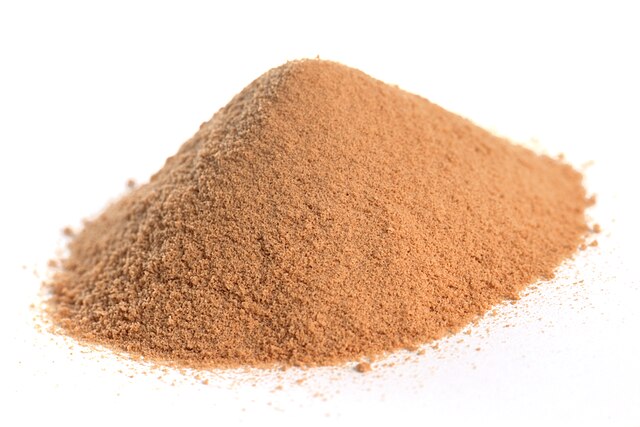Tannic acid is a specific form of tannin, a type of polyphenol. Its weak acidity (pKa around 6) is due to the numerous phenol groups in the structure. The chemical formula for commercial tannic acid is often given as C76H52O46, which corresponds with decagalloyl glucose, but in fact it is a mixture of polygalloyl glucoses or polygalloyl quinic acid esters with the number of galloyl moieties per molecule ranging from 2 up to 12 depending on the plant source used to extract the tannic acid. Commercial tannic acid is usually extracted from any of the following plant parts: Tara pods (Caesalpinia spinosa), gallnuts from Rhus semialata or Quercus infectoria or Sicilian sumac leaves (Rhus coriaria).
A bottle of tannic acid (water solution) from the redwood tree.
Tannins are a class of astringent, polyphenolic biomolecules that bind to and precipitate proteins and various other organic compounds including amino acids and alkaloids.
Tannin powder (mixture of compounds)
A bottle of tannic acid solution in water
Tannin-rich fresh water draining into Cox Bight from Freney Lagoon, Southwest Conservation Area, Tasmania, Australia
Bog-wood (similar to, but not, driftwood) in an aquarium, turning the water a tea-like brown




